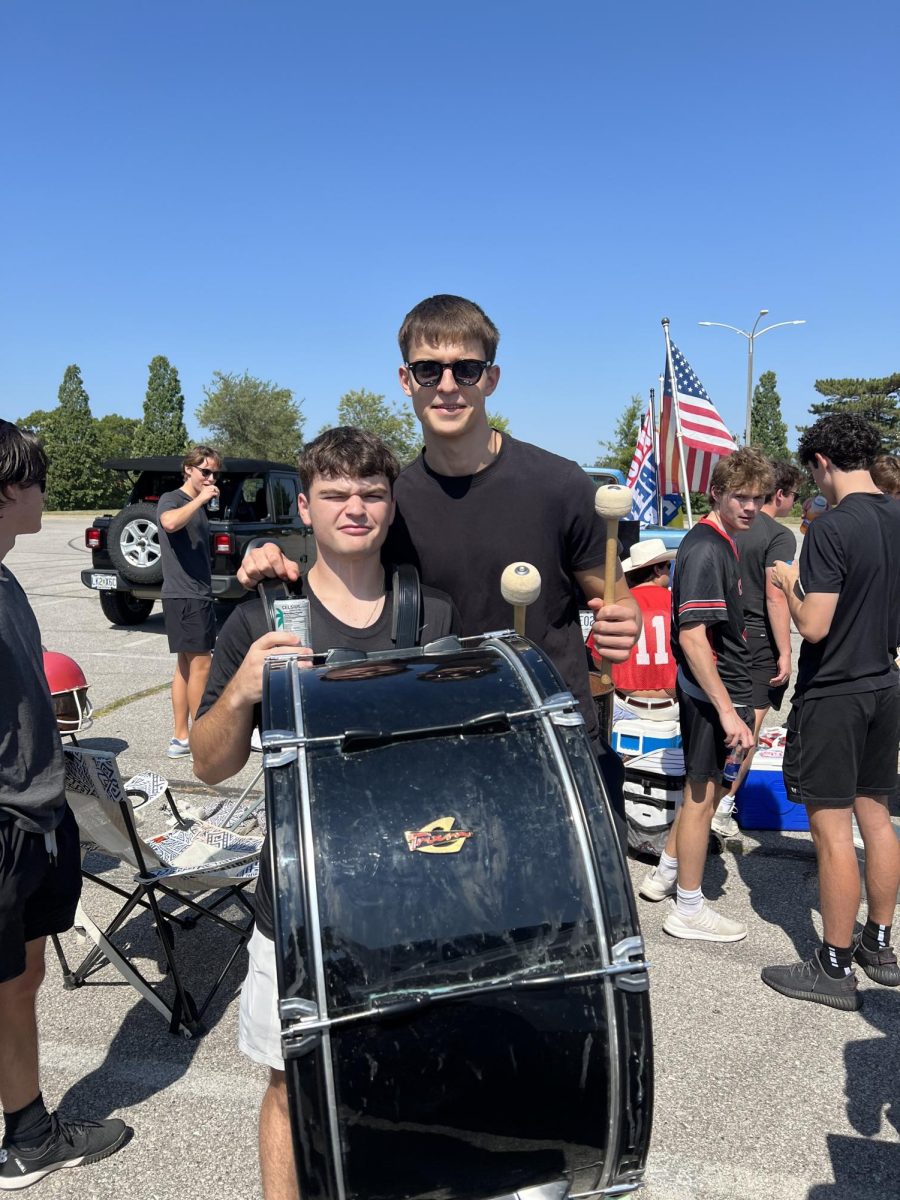Disclaimer: Events have been lightly fictionalized for the sake of entertainment. No students were in danger during the visit to Mud Island.
The sophomores embarked on the Road to Freedom Trip last week, intending to teach students the triumphant history of the Civil Rights Movement by taking them from Little Rock, Arkansas to Memphis, Tennessee. For Bus 3, however, Memphis offered a uniquely mysterious and chilling experience.
The group had just arrived in the city, getting there prior to their scheduled Redbirds baseball game. With time to spare, the bus headed towards Mud Island, the students’ first impression of Memphis. Instead of the typical park they were told to expect, they found an abandoned, unkept landscape.

Once heralded, Mud Island River Park has become a shadow of its former self. It was made famous for its monorail and full model of the Mississippi River. Now, though, many of its facilities are either shuttered or visibly in decline.
For the class of 2028, the desolate state of the park was quickly made apparent. The Mississippi model stretched silent and barren. Stairwells held makeshift beds and stored food, indicating that the city’s unhoused had turned the park into a gathering place.
One student who found an encampment stated, “I thought it was a fun park for children, not a homeless headquarters.”
Students initially gravitated towards a multi-story structure linked to a pedestrian bridge. Curious, they climbed the dark stairs and through the echoing corridors until they ultimately reached the top—unable to hear teachers requesting their return. Atop it sat the aforementioned monorail train, out of service since 2018. The windows of it bore a bullet hole and cryptic messages written in the gathered dust.

“I don’t know if gangs were up there or what,” remarked a witness. Other students reported equally strange sites—including a Zamboni and even a dungeon-like chamber hidden beneath locked doors.
The teetering unease was swiftly actualized when the building’s fire alarm went off, sending students and faculty still in the building spilling outside.
One student theorized that the vagrant population of the park had “turned on the alarm to get us out” and that “something was hidden there.”
Mr. Philip Rone, trying to contain the chaos, called all outside the building to him. Here, the travelers noticed that Mr. Tyler Schilly and several students who had been with him were missing. Quickly, rumors of a “Mud Island Murderer” spread throughout the disturbed members of Bus 3. A sophomore speculated that it was not the homeless, but the Mud Island Murderer himself that pulled the fire alarm. This theory was given some merit when an unknown adult—not employed by Chaminade—could be seen through a window calmly walking in the building as the alarm blared. Mr. Rone guided the bulk of the students and faculty back to the bus, where they waited and conjectured as to the source of the bizarreness.
Little by little, students returned. However, there was no sign of Mr. Schilly, causing panic and distress. Rumors of his death circulated—until a hoodie-clad figure emerged from the cover of trees. The students cheered in excitement, for he was alive. A student testified that Mr. Schilly had beaten the Mud Island Murderer to death with his bare hands, although this is unconfirmed.
Bus 3 ultimately left the park with every student and faculty member accounted for—but not every question answered. Whether prank, coincidence, or something more sinister, Mud Island gave the class of 2028 a story that will linger in their minds long after the trip.










